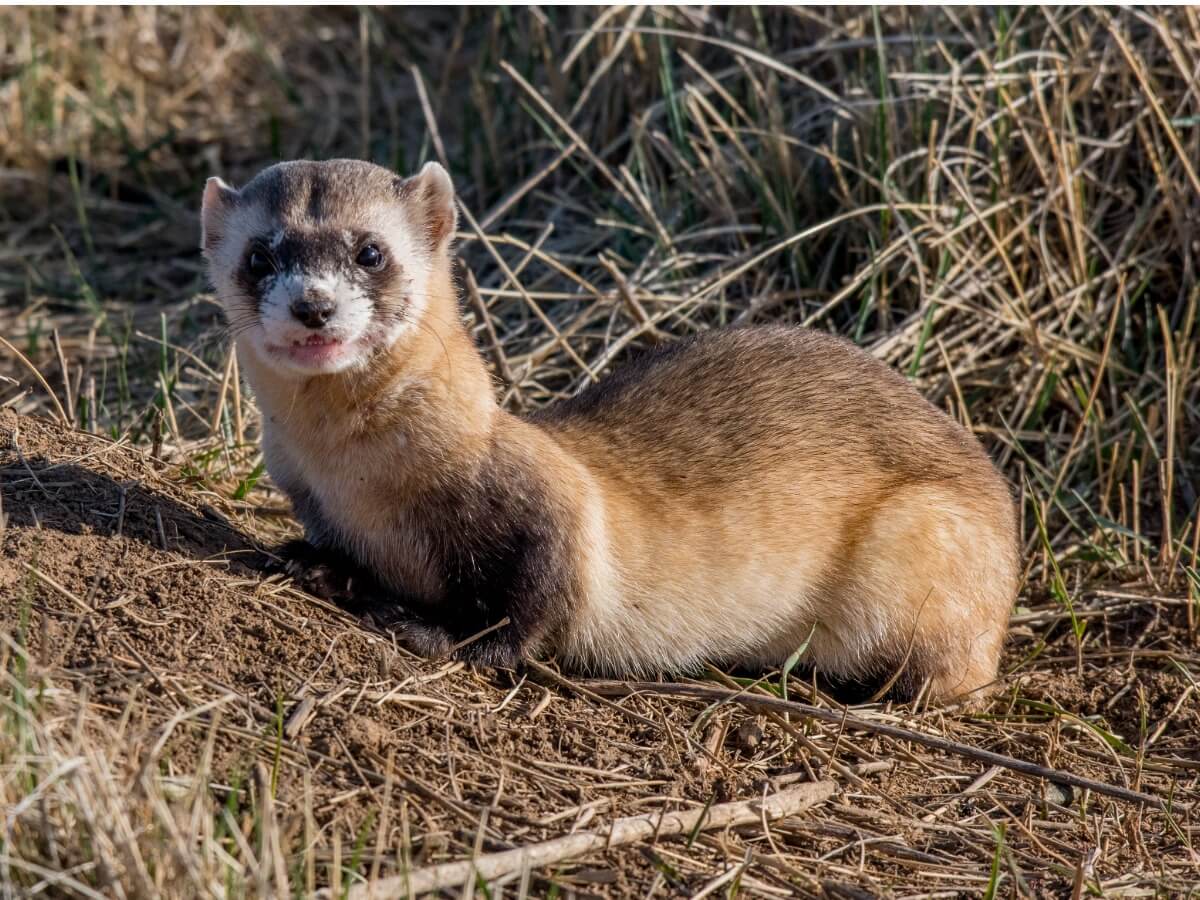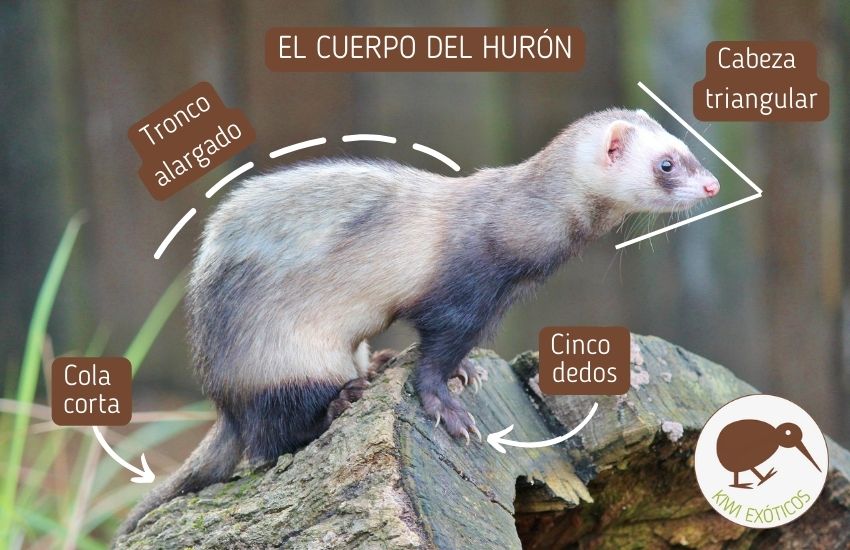
The winding road leading into Wendake, the Huron-Wendat Nation’s reserve just outside Quebec City, doesn’t immediately reveal its profound historical depth. There are modern homes, a community center, and the usual markers of contemporary life. Yet, as the GPS nudges you closer to the heart of this vibrant community, an invisible map begins to unfold—a cartography far more intricate than any line drawn on paper, charting centuries of resilience, displacement, and an unwavering connection to ancestral lands. This is not merely a visit to a historical site; it is an immersion into a living narrative, a tangible experience of what "Huron-Wendat ancestral territory maps" truly signify.
My destination was the Hôtel-Musée Premières Nations, an architectural marvel seamlessly blending contemporary design with traditional longhouse aesthetics, and home to the Huron-Wendat Museum. This facility serves as the primary interpretive gateway, and it is here that the concept of ancestral territory, often reduced to static lines on historical documents, springs to life as a dynamic, deeply personal landscape. From the moment I stepped inside, the museum challenged my preconceived notions of land ownership and indigenous presence, replacing them with a nuanced understanding of a rich cultural tapestry.
The museum’s exhibits are meticulously curated, guiding visitors through the pre-contact world of the Wendat confederacy, their sophisticated social structures, spiritual beliefs, and intricate trade networks that once stretched across vast swathes of what is now Southern Ontario and parts of Quebec. Here, the "maps" are not just parchment. They are dioramas depicting bustling villages, interactive displays illustrating migratory patterns influenced by seasonal harvests and hunting grounds, and intricate wampum belts that served as diplomatic treaties, effectively mapping alliances and agreements across territories. One striking exhibit details the vastness of the ancestral territory, known as Wendake Ehen, a land far exceeding the current reserve boundaries. Old French maps, colonial sketches, and modern geographic projections are juxtaposed, illustrating the stark contrast between the Wendat’s holistic understanding of their domain and the European concept of surveyed, parceled land. This visual dialogue immediately highlights the profound loss and the enduring claims that underpin the Huron-Wendat identity.
What truly sets the Huron-Wendat Museum apart is its unwavering commitment to presenting history from a Wendat perspective. The narrative is not one of victims but of survivors, of a people who adapted, innovated, and persevered through immense challenges – disease, conflict, forced migration, and the relentless pressures of colonization. The maps of their ancestral territory become maps of memory, guiding the viewer through the diaspora that eventually led to the establishment of the Loretteville (Wendake) community in the 17th century. These are not just historical curiosities; they are foundational documents of identity, shaping contemporary discussions on land claims, resource management, and cultural revitalization.

Beyond the museum’s walls, the Hôtel-Musée Premières Nations itself serves as an extension of this cultural immersion. My room, decorated with Indigenous art, offered a tranquil view of the Akiawenrahk River, a vital artery in Wendat history. Dining at La Traite, the hotel’s restaurant, was another layer of engagement. The menu, inspired by ancestral culinary traditions, featured game meats, wild berries, and locally sourced ingredients, each dish telling a story of the land and its bounty. Eating bison stew or bannock, I felt a deeper connection to the sustenance that sustained the Wendat people for millennia, a living connection to the "map" of their environment and its resources.
A short walk from the hotel led me to a reconstructed longhouse, a powerful reminder of the Wendat’s traditional way of life. Stepping inside, the smoke-tinged air and the communal living space evoked a palpable sense of the past. A local guide, a member of the Wendat Nation, spoke passionately about the social structure, the role of women, and the spiritual significance of the longhouse. He pointed out the cardinal directions, explaining how their worldview was intrinsically mapped onto their physical dwellings and their relationship with the natural world. This was a living, breathing "map" of their culture, far more informative than any blueprint.
The artisanal shops within Wendake offered another tangible link to the ancestral territory. Craftsmen and women meticulously created moccasins, snowshoes, and intricate beadwork, often using materials sourced from the traditional lands or motifs reflecting their spiritual connection to the environment. Each piece was a miniature map of cultural heritage, preserving techniques and aesthetics passed down through generations. Purchasing a piece of beadwork, I felt I was carrying a small, artistic fragment of their ongoing story.
The true impact of exploring Huron-Wendat ancestral territory maps, however, became most evident when I stepped beyond the immediate confines of the reserve and walked along the Akiawenrahk River. Here, the modern landscape of Quebec City’s suburbs abutted the reserve, a stark visual representation of the encroachment that has redefined Indigenous territories. I imagined the pre-contact landscape, dense with forests, teeming with wildlife, and crisscrossed by canoe routes—the original, unwritten maps of the Wendat. The river, once a highway of commerce and communication, now flowed through a modified environment, yet its essence remained. It was a powerful reminder that while political boundaries and land ownership may change, the deep-seated connection of a people to their ancestral domain endures.

This journey wasn’t just about looking at old maps; it was about understanding the meaning of maps. Colonial maps often served as instruments of power, delineating territories for extraction and control, erasing indigenous names and claims. But for the Huron-Wendat, their ancestral territory maps are not just geographical; they are spiritual, cultural, and historical documents. They represent the stories of their ancestors, the graves of their kin, the places of their ceremonies, and the enduring spirit of their nation. They are a constant reminder of what was lost and what must be reclaimed, not just physically, but culturally and politically.
My visit to Wendake revealed that the concept of "Huron-Wendat ancestral territory maps" is far more profound than cartography. It is a living, breathing testament to a people’s enduring identity. It is found in the museum’s narratives, the longhouse’s shadows, the river’s flow, and the quiet dignity of a community that has survived against immense odds. It is a call to recognize the layers of history beneath our feet and to understand that the lines on a map, whether ancient or modern, are never just lines; they are stories, struggles, and the unbreakable spirit of a nation. To truly grasp the significance of these maps, one must not just observe them, but experience the territory they represent, through the eyes and voices of the people who call it home.




